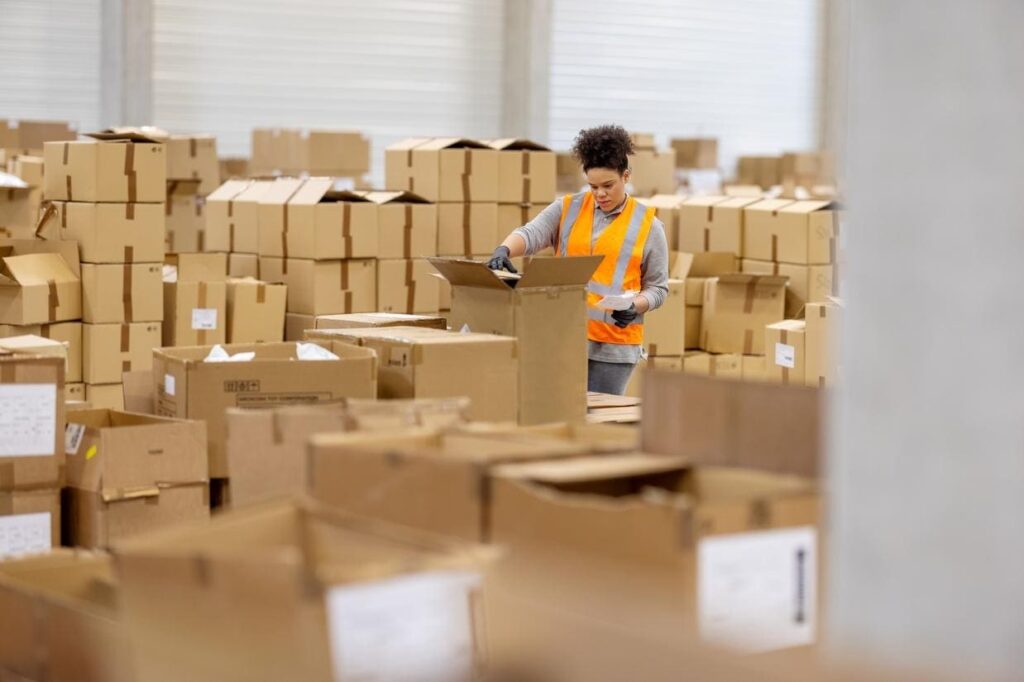Tom Wicky is the co-founder and CEO MyFBAPrep, a global warehouse network that serves top Amazon sellers and enterprise brands.
In 2025, rising inbound placement fees, tightening inventory policies, storage costs, uncertain trade policies and increasingly severe compliance penalties are squeezing Fulfillment by Amazon (FBA) sellers from every angle. The result? Many sellers are watching their revenue grow while their profits stagnate (or even shrink).
The Leading Causes Of Shrinking Margins
The FBA program was built to offer sellers the ultimate convenience: centralized warehousing, streamlined shipping and access to millions of customers. But every layer of that convenience comes with a price tag. In 2024, changes increased the cost of shipping inventory to Amazon’s fulfillment centers (especially for sellers without optimized inventory placement strategies). I’ve also seen seasonal storage rates skyrocket during peak periods, turning inventory into a financial liability rather than an asset.
Inventory limits and restock restrictions mean sellers have to maintain a delicate balancing act. If they overstock, they risk higher storage fees, but understocking means potentially losing critical sales opportunities. And even when sellers think they’re playing by the rules, compliance penalties remain a risk. Minor labeling mistakes, misrouted shipments or simple packaging errors can trigger fines and costly shipment rejections.
But rising fees are just one side of the problem. Many sellers unintentionally contribute to their own margin erosion through operational blind spots. Poor inventory forecasting and inefficient logistics routing are margin killers. Without optimizing distribution points, sellers may incur excess freight and transfer costs, driving up operational expenses unnecessarily.
Some sellers attempt to sidestep these costs by taking fulfillment in-house, believing that owning or managing their own warehouse will cut costs. But what often follows is an avalanche of unforeseen expenses from labor, inventory management technology, quality control systems and the inevitable errors that come with inexperience.
5 Tips To Help Protect Your Margins
To help sellers navigate this environment, here are five actionable steps every Amazon business can take to protect their margins:
Audit your costs.
Break down every expense—placement fees, storage charges, compliance fines—and identify areas of waste or inefficiency. Many sellers are unaware of how much they’re overspending simply because they don’t track these costs effectively.
Improve demand forecasting.
Leverage advanced analytics tools to predict inventory needs with precision, avoiding both overstocking and stockouts. Amazon penalizes sellers for both scenarios, and advanced forecasting tools can eliminate this unnecessary risk.
Consider partnering with a third-party logistics provider.
Experienced third-party logistics providers (3PLs) can bring both operational efficiency and compliance expertise to the table, often saving sellers tens or even hundreds of thousands of dollars annually.
Negotiate shipping.
As much as you can, consolidate shipments and optimize routing to reduce freight expenses. Often, a skilled 3PL partner can also help you negotiate better rates due to their volume and long-standing carrier relationships.
Focus on compliance.
Errors in labeling, packaging or routing are costly. Investing in compliance processes and systems—or working with a logistics partner who specializes in compliance—can pay dividends in the long run.
In an era where every percentage point of margin counts, the question isn’t whether you can afford to invest in smarter logistics—it’s whether you can afford not to. These are not one-time fixes—they’re ongoing processes. But when executed well, they can mean the difference between thriving and barely surviving on Amazon.
Forbes Business Council is the foremost growth and networking organization for business owners and leaders. Do I qualify?
Read the full article here

